Mahrashtra Village builds their own water pipeline
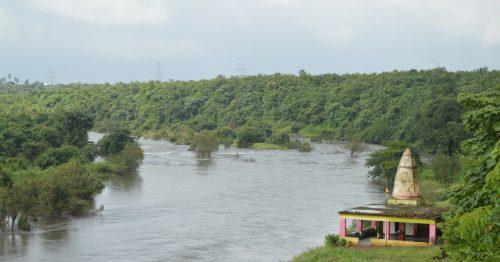
About seventeen years ago, at the beginning of the twenty-first century, the village of Poi in Maharashtra was facing a serious unemployment crisis. The majority of the people in the village were farmers. Therefore, during the monsoon season, the town would be busy through the harvest, but after the harvest season was over, there was little work to be found around the town.
Men would wander the streets aimlessly, and women would go about the household chores; no one was doing anything useful. The situation became especially serious during the winter months. Therefore, Harishchandra Sambre, a member of the Maharashtra Forest Department, decided to provide the town with a solution that would facilitate jobs during the winter months.
Harishchandra’s idea was to construct a method to bring water to the village during the winter months: building a water pipe that connects Poi to the River Barvi. Since Poi is in the Konkan region, its nearby rivers are plentiful, and the monsoons only fill them up further.
Therefore, Harushchandra decided to exploit that advantage, which would not only bring more water to the village, but it would also provide people with more jobs in the construction of this two-kilometer pipeline. Every able villager joined forces in building the long trench, consisting of a three-inch-wide pipe and stony land that was laid down afterward. They worked hard for thirty days to accomplish this task.
However, the project was in need of money to fund it. Thus, ₹2,000 was collected from every farmer, which added up to ₹50,000. Yet this amount wasn’t enough to fully fund the pipeline plan, so they asked the villagers for more money. When no one else could contribute at the time, they decided that those who couldn’t pay then could pay in installments instead.
The village also decided to grow another crop every year, along with the traditional rice crop during the monsoon season. They decided to grow Lady’s Finger, or Bhindi, for four months before the monsoon season. Once the Bhindi would be harvested, they would be able to transport it in bulk to the market in Kalyan.
Nowadays, much more money comes into Poi, which has even allowed the women to come out of doing household chores and contribute to business.
Although they had no governmental support, the initiative of the Poi villagers to build their own water pipe and start a new crop shows their determination and resourcefulness to solve their own problems.
Image Reference: TheBetterIndia


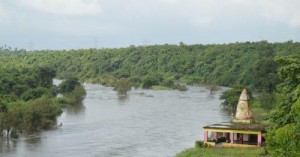
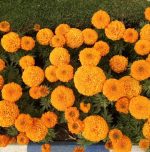
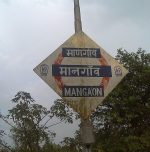
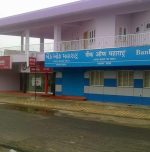





Leave a Reply